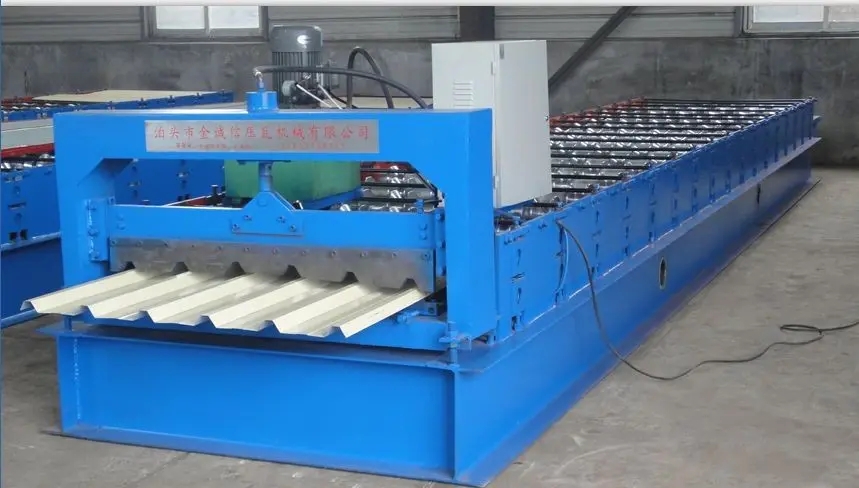
The Importance of Purlins in Sri Lanka's Construction Industry
In the realm of construction, the structural integrity and durability of a building are paramount, particularly in regions prone to adverse weather conditions. In Sri Lanka, where tropical monsoons bring heavy rains and strong winds, the choice of materials and construction techniques significantly impacts the longevity of structures. One often overlooked yet critical component in the roofing system is the purlin.
Purlins, which are horizontal beams that support the roof and its components, play a vital role in ensuring that the roofing system is robust and reliable. They are generally made from materials like steel or timber, and their primary purpose is to provide support for the roof sheeting and to distribute the load more evenly across the structure. This characteristic is particularly important in Sri Lanka, where buildings must withstand not only the weight of the roofing materials but also the forces of nature.
Types of Purlins
In Sri Lanka, purlins come in various types, including Z-purlins and C-purlins. Z-purlins are often preferred in situations where continuous spans are required, as they provide excellent resistance against bending and torsion. C-purlins, meanwhile, are commonly used in lighter constructions and can be easily installed due to their shape. The choice between these two types often depends on the specific requirements of the construction project, such as the load capacity, span lengths, and overall design.
Advantages of Using Purlins
The use of purlins in construction offers numerous advantages. First and foremost, they help reduce the weight of the overall structure. By distributing loads more efficiently, purlins allow builders to use lighter roofing materials, which not only cuts down on material costs but also simplifies the construction process. Additionally, purlins facilitate better ventilation within the roof space, promoting a healthier indoor environment, which is vital in the humid climate of Sri Lanka.
Furthermore, steel purlins, in particular, are known for their durability and resistance to harsh environmental factors. They are less susceptible to issues like warping or decay, which can be a concern with wooden purlins, especially in a humid climate. This longevity translates to lower maintenance costs over time, making steel purlins a more economical choice in the long run.

Environmental Considerations
Sustainability is increasingly becoming a priority in construction practices around the globe, including Sri Lanka. The steel used for purlins can often be recycled, making it an environmentally friendly option compared to traditional materials. Moreover, modern manufacturing practices have reduced the carbon footprint associated with steel production, aligning with global efforts towards more sustainable construction methodologies.
Challenges and Solutions
Despite their benefits, the implementation of purlins in construction can present challenges. For instance, the initial investment for high-quality steel purlins may be higher than that of traditional lumber. However, considering the long-term benefits such as durability, low maintenance, and energy efficiency, many builders in Sri Lanka find that the initial costs are justified.
Another challenge lies in ensuring proper installation and alignment. Incorrectly installed purlins can lead to structural failures. Therefore, it is imperative for builders and contractors to invest in training and adhere to strict quality controls during construction.
Conclusion
In conclusion, purlins play a crucial role in the construction industry in Sri Lanka, contributing to the safety, efficiency, and longevity of buildings. As the country strives for modernization and resilience against climate impacts, integrating advanced materials and techniques, including the use of purlins, will be essential. The ongoing evolution of construction practices and materials will undoubtedly lead to more sustainable and durable solutions, fostering a robust future for the built environment in Sri Lanka.